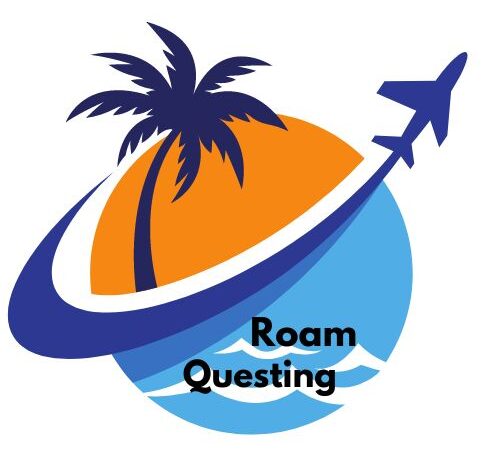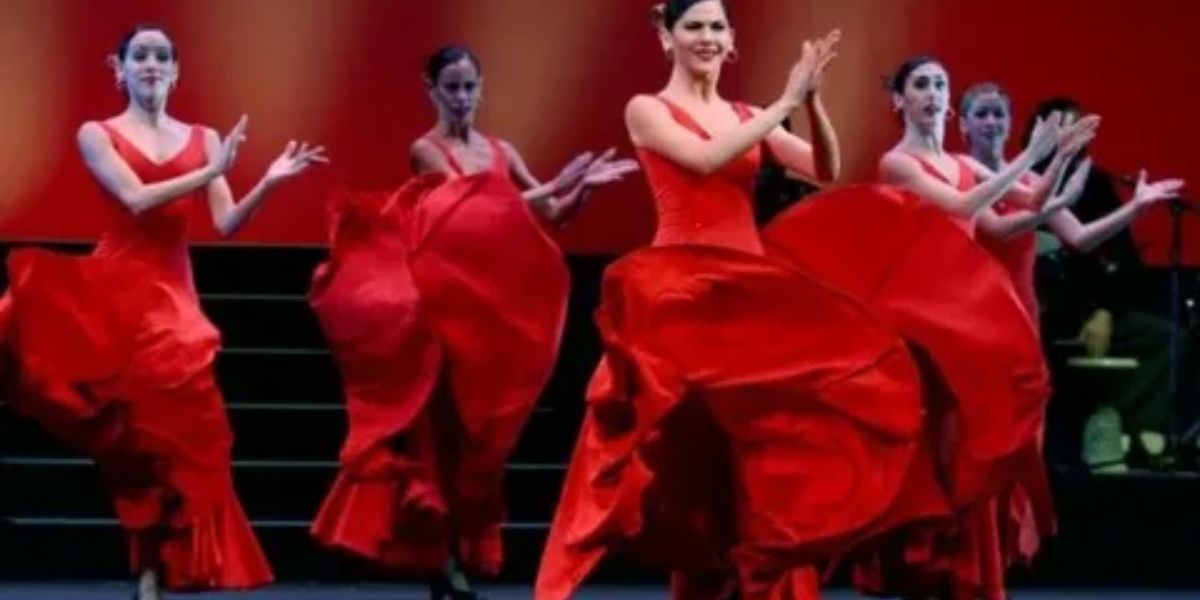When the sun sets over the vibrant streets of Old Havana, the air is infused with a palpable energy—one that beckons you to dance. The rhythmic pulse of Cuban music flows through every corner, inviting both locals and visitors alike to immerse themselves in a world where joy and passion collide on the dance floor. From the sultry sway of salsa casino to the intimate embrace of bachata, Cuban dances are not just movements; they are an expression of life itself, steeped in history and culture. Ready to ignite your spirit? Join us as we explore eight fiery Cuban dance styles that will sweep you off your feet and make you fall in love with this captivating island.
The Most Popular Cuban Dance Styles
Cuba’s most popular dance styles are
- Bachata
- Salsa
- Casino
- Rhumba
- Kizomba.
A sultry night in Havana, where rhythms pulse through the air like heartbeats, and every corner is alive with movement. Afro-Cuban dance styles are not merely forms of entertainment; they are visceral expressions of history, spirituality, and community that invite both participation and reflection. For an unforgettable experience, don’t miss our guide to enjoying night in Havana you must read my blog.
1.Cuban dances: The Cuban Reggeaton
Afro-Cuban dance styles and music. As these energetic expressions weave together African heritage and Spanish influence, they create a captivating tapestry that is both uniquely Cuban and universally appealing. Imagine the infectious beats of reggaeton blending seamlessly with intricate footwork, where each movement tells a story steeped in history, celebration, and communal spirit. This dynamic fusion not only captivates dancers on stages around the world but also resonates deeply within local communities in Cuba.
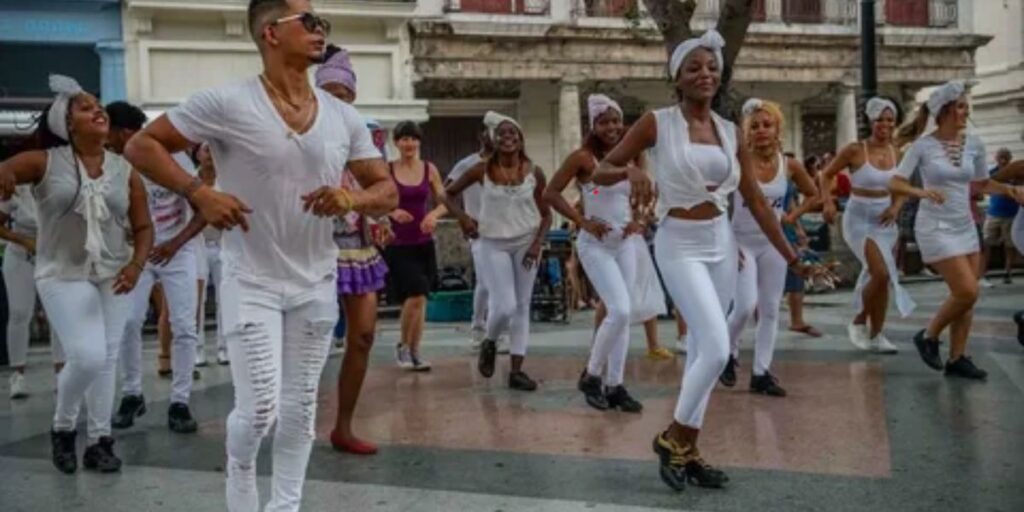
Music And Dance In Cuba Evolves
Enrique Iglesias and Marc Anthony dominate global charts alongside emerging talents such as Yomil y el Dany and El Chacal, the fusion of traditional Cuban sounds with contemporary flair has given birth to new genres that resonate with younger generations. The influence of Cubaton—a genre thriving on Miami’s airwaves—shows how deeply entrenched these Cuban dances have become in modern culture.
2.Salsa Cuban Style – The Salsa Casino
Afro-Cuban dance styles and music are a vibrant tapestry woven from the threads of history, culture, and spirituality. These captivating forms of expression not only tell the story of a people but also resonate with universal themes of joy, struggle, and resilience.From the intoxicating rhythms of Salsa Cuban Style to the spirited movements found in Rumba and Son, each dance speaks volumes about communal identity and cultural heritage.Cuban dances are more than mere entertainment; they are powerful vehicles for storytelling and connection. The infectious beats that ripple through Havana’s streets invite everyone to join in—whether you’re an experienced dancer or a curious onlooker.
The Historic Casino Deportivos In Havana
The rhythmic heartbeat of Cuban culture, these dynamic art forms—spanning genres like Mambo, Cha Cha Cha, and Rumba—tell stories that transcend time and geography. At the heart of this lively scene lies the historic Casino Deportivos in Havana, a hub where generations have gathered to celebrate their heritage through movement and sound. But what is it about these Cuban dances that captivates both locals and visitors alike?
Steeped in African influences yet uniquely molded by the island’s diverse traditions, Afro-Cuban dance styles are more than just entertainment; they are an embodiment of identity, resilience, and joy.
3.The Rhumba Dance
The Rhumba stands out not only for its infectious energy but also for its rich history rooted in 19th-century Cuba. Picture a lively dance floor where laughter and music collide—weddings, parties, and community gatherings transform into electrifying showcases of talent through spirited dance competitions. Here, every twirl and stomp tells a story steeped in heritage, blending African traditions with Spanish influences to create something utterly unique.
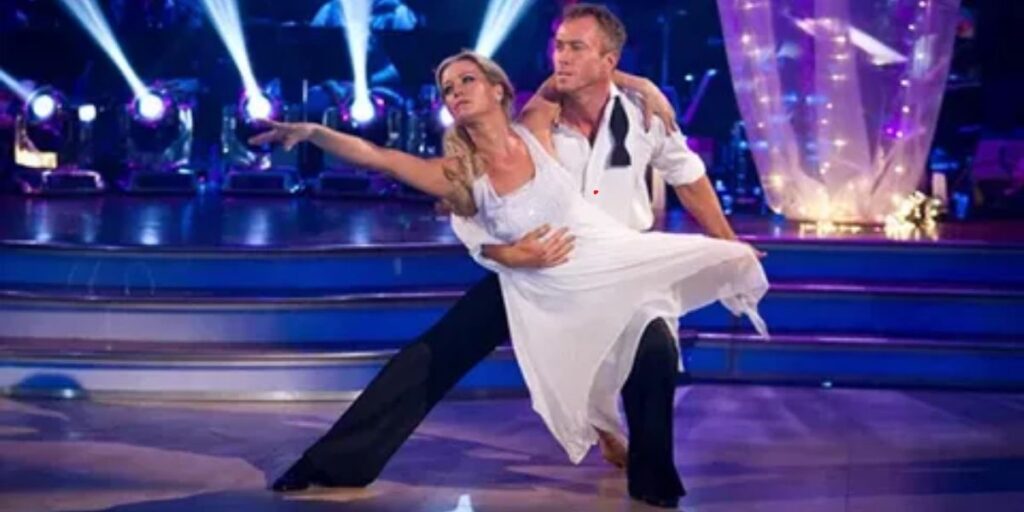
4.Rueda De Casino Salsa
Rueda de Casino—a group dance that combines rhythm with an electrifying social atmosphere. Picture a circle of couples moving in sync, trading partners while executing intricate moves, all to the infectious beat of salsa music. This semi-choreographed style not only showcases the versatility of Cuban dances but also embodies a spirit of togetherness that invites everyone to join in on the fun.
Europe and Africa
At the intersection of Africa and Europe lies a unique fusion that has given birth to electrifying music styles and dynamic dance forms that resonate far beyond the shores of Cuba. Among these captivating genres, Cuban Son stands out as a quintessential expression of this cultural amalgamation. Emerging in the eastern highlands during the early 1900s, Son not only encapsulates traditional Afro-Cuban rhythms but also reflects the influential metropole dance scenes found in bustling cities like New York.
5.The Cuban Son Has Emigrated To The World
Afro-Cuban dances so special, one cannot overlook how they encapsulate a unique blend of syncopated rhythms, intricate footwork, and powerful storytelling through movement. The influence of legendary figures such as Duke Ellington brought even greater visibility to these sounds in the mid-20th century, sparking interest in Cuban culture far beyond its borders. With distinctive off-beats emphasizing 4 and 8 beats—characteristics less common in many other genres—Cuban dances invite participants to immerse themselves fully in an experience that is both exhilarating and deeply rooted in tradition.
6.The Elegant Kizomba
Among the many captivating styles that have emerged from this rich tradition, Kizomba stands out as a rhythmic celebration that transcended its Angolan roots to weave seamlessly into the fabric of Cuban dances. Originating in Angola during the 1980s, Kizomba is more than just a dance—it’s an invitation to connect deeply with one another through fluid movements and soulful melodies. As we explore what makes Afro-Cuban dance styles so special, it becomes evident that each step tells a story steeped in heritage.

7.The Bachata Style
The Bachata style of the Dominican Republic emerged in the early 20th century as a passionate form that tells stories of love and heartache through intricate footwork and melodic strains. Meanwhile, Merengue bursts with energy, inviting dancers to lose themselves in its infectious beats, while the Cha-cha captivates with its playful syncopation and flirtatious movements. Together, these Cuban dances offer a glimpse into a world where rhythm is not just an element of performance but a powerful means of connection—between individuals and their histories. Discover more about the rich culture and stunning landscapes of the Dominican Republic in our article and enjoy a lot.
8.The Semba
Semba involves playful movements that tell stories of everyday life while showcasing intricate footwork that echoes the tempo of the accompanying music. In contrast, Kizomba brings couples closer together with smooth, flowing movements that convey intimacy and connection.
Kuduro (or kuduru), on the other hand, infuses energy into dance floors with its upbeat tempo and electrifying choreography. Its origins stem from Angolan street culture and share a deep kinship with Cuban dance styles through their rhythms and communal atmospheres.
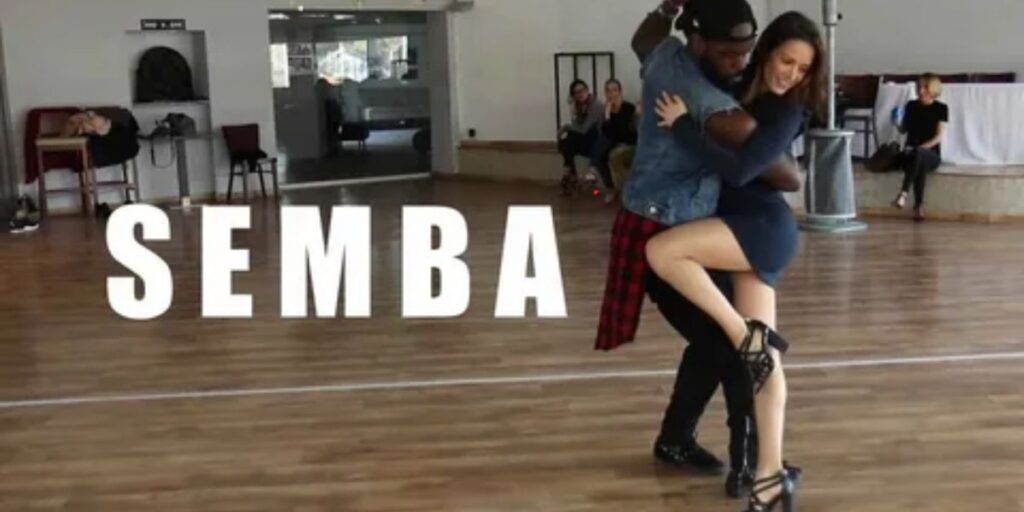
What Is The Most Popular Cuban Dance Styles Right
Now?
Cuban dances are experiencing a vibrant resurgence, and among the most popular styles right now is the Salsa Casino. This lively dance form, characterized by its circular movements and intricate footwork, beautifully encapsulates Cuba’s rich cultural heritage. Social dancing in local venues thrives as dancers express themselves through improvisation and energetic rhythms that embody the spirit of la vida cubana.
Where Do Cubans Like To Dance?
Cuban dances embody the island’s vibrant spirit, and two distinctive spaces where this energy thrives are Casa Bachata and the sacred practice of Santería. Casa Bachata serves as a lively hotspot for enthusiasts of Cuban dance styles, merging traditional rhythms with contemporary flair. With its neon lights and pulsating beats, this venue offers not just a place to dance but a community that bonds over shared passion.
Characteristics Of The Cuban Dance Music
Cuban dances are deeply rooted in the island’s rich cultural tapestry, with each dance style reflecting the vibrant influence of African, Spanish, and indigenous rhythms. The son, for instance, is a blend of lyrical melodies and syncopated beats that tells stories of love and life struggles. Its infectious rhythm laid the groundwork for salsa, allowing dancers to express their emotions through improvisation and intricate footwork. Similarly, semba originated from Angola but found a special place within Cuban dance culture; its sensual movements invite partners to connect intimately, creating an exhilarating atmosphere on the dance floor.
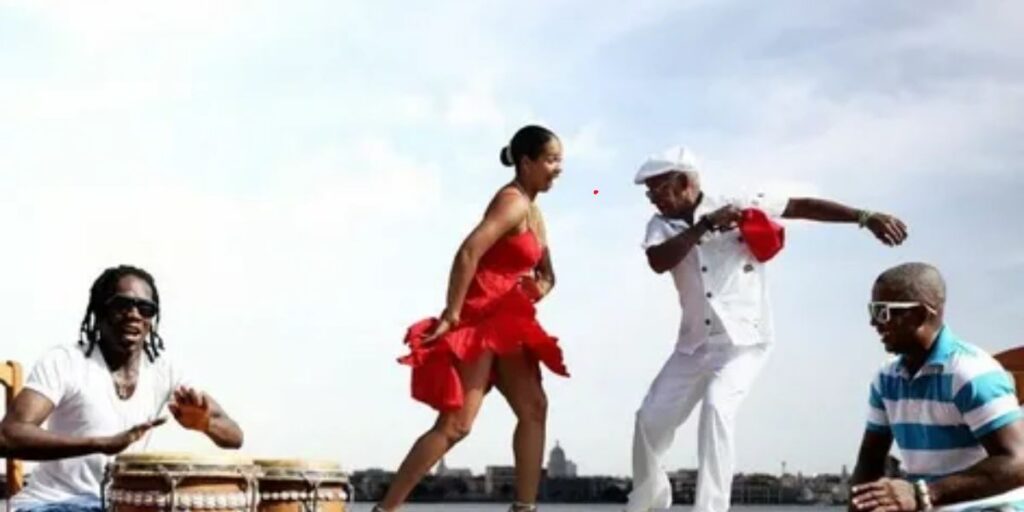
Early Cuban Music History
Cuban music history is a fascinating tapestry woven from diverse influences, notably from France, Haiti, Jamaica, and the United States. The rhythmic heart of Cuban dances can be traced back to elements brought by French planters fleeing the Haitian Revolution. Their contredanse lay the groundwork for various Cuban dance styles, which eventually evolved into the vibrant rumba and danzón.
Final Thought
Cuban dance styles offers a rich tapestry of rhythm, culture, and passion that captivates dancers and audiences alike. From the sultry movements of Salsa to the energetic beats of Rueda de Casino, each style tells a unique story and showcases the spirit of Cuba. Embracing these fiery dances not only enhances your physical fitness but also connects you with a vibrant community celebrating heritage and joy through movement. Whether you’re a seasoned dancer or just starting out, there’s a Cuban dance style waiting for you to explore and enjoy.
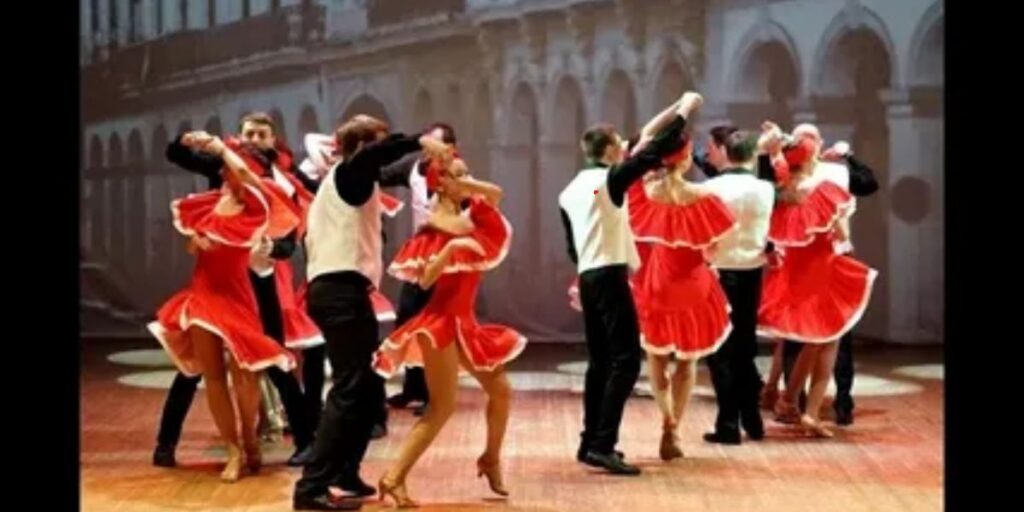
FAQs Cuban Dance Styles & Cuba Travel
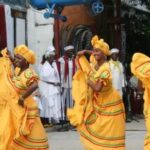
Cuban people dance to a vibrant mix of genres, with reggaeton dominating the clubbing scene for its infectious beats and energetic rhythms. Traditional dances like rumba showcase the rich cultural heritage of Cuba, emphasizing improvisation and expressive movement, while kizomba brings a sensual touch that has gained popularity in recent years.
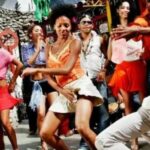
Yes, mambo is indeed a Cuban dance that emerged in the 1930s, blending various musical and cultural influences from Latin American and Afro-Caribbean traditions.
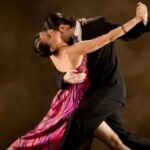
No, the tango is not a Cuban dance; it actually originated in Argentina in the late 19th century.

To travel to Cuba, you’ll need to prepare several essential documents to ensure a smooth entry. Here’s a concise list of what you should have:
1. Passport: Your passport must be valid for at least six months beyond your planned date of entry into Cuba.
2.Cuban Tourist Card (Visa): Obtain a tourist card, which serves as your visa for entering the country. This can typically be acquired through airlines, travel agencies, or Cuban consulates.
3.Proof of Travel Insurance: You must present proof of travel insurance that includes health coverage. Ensure that your policy meets Cuban requirements, as it may be checked upon arrival.
